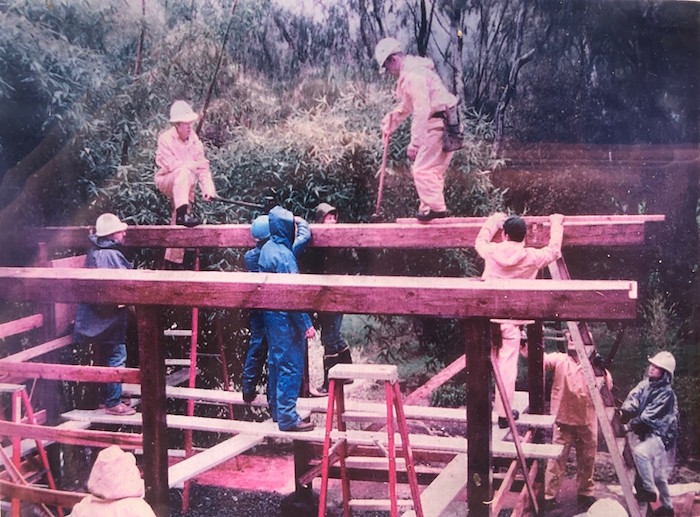
Japanese Cultural Center
Japanese Culture—Integral to our Language Program
Program Founder, Dr. Michiko Hiramatsu
Dr. Michiko Hiramatsu introduced the Japanese Language program at Foothill College in 1973, the first Associate of Arts degree in Japanese offered by a community college.
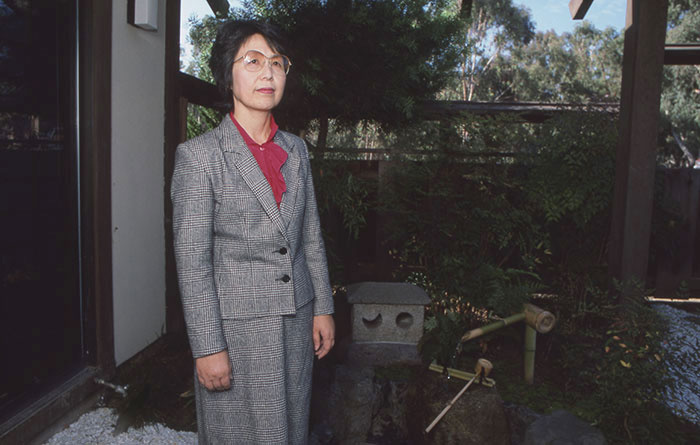
Believing that Japanese culture was integral to the Japanese language, Dr. Hiramatsu initially invited community volunteers to teach Japanese arts, such as sumi-e (brush painting) and ikebana (flower arrangement). As she sought a venue on campus where she could more effectively teach aspects of Japanese culture to students, she thought that since the Foothill College campus itself was designed with a Japanese influence, a Japanese cultural center would fit in nicely.
Donations—lasting symbols of cultural friendship
With financial support from companies in Japan, and with many individuals from both Japan and the local college community dedicating their money, time, and efforts, construction of the Japanese Cultural Center and garden began in 1981. For the Japanese, these donations became a symbol of friendship between the United States and Japan.
|
The Japanese Cultural Center was dedicated on Feb. 6, 1982, with Dr. Hiramatsu as its director. Pictured above at the dedication ceremony are Dr. Hiramatsu, Foothill College President James S. Fitzgerald, and former U.S. Secretary of Transportation Norman Mineta. Mineta has held several positions in local and federal government; at the time of the JCC dedication, he was a member of the U.S. House of Representatives. |
Dedicated to the Issei, or first-generation immigrant Japanese
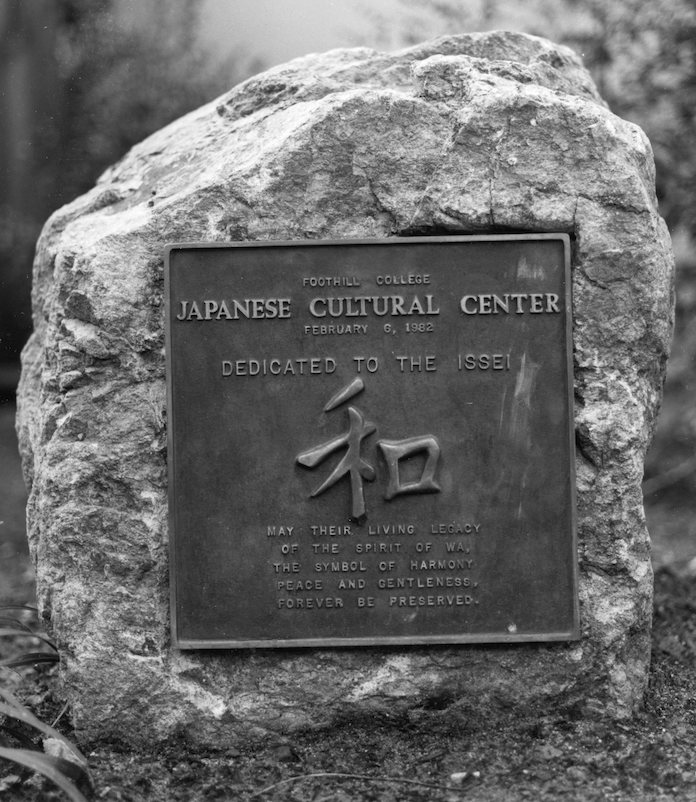
A boulder at the entrance with an inscription reminds visitors that the building was dedicated to the Issei, or first-generation, immigrant Japanese, in the spirit of Wa, or harmony.
Dr. Hiramatsu felt that Japanese and American cultures could co-exist in harmony, and the Japanese Cultural Center was a means to that goal.
Within the Japanese Cultural Center
The Japanese Cultural Center includes an authentic Japanese chashitsu, or tea room, one of the few outside of Japan, equipped to teach chado, or Japanese tea ceremony, called “the way of tea.” The other half of the building, which includes a showcase for the display of Japanese arts and crafts objects, serves as a classroom for students.
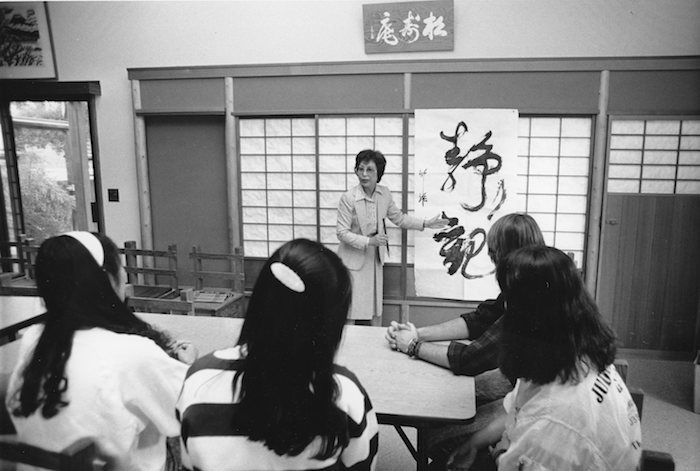
Since its dedication in 1982, the Center has served the college and community as a meeting place for students and student clubs, as well as visitors from the U.S. and Japan. It has been the site for Japanese cultural festivals and events, including visits from Japan by Japanese Living National Treasures, held to expose the community to Japanese culture and art, as well as to raise donations for the Center.
|
|
Authentic Japanese Tea Ceremony
Bamboo Garden
Initially designed to include a smaller Japanese garden one might see in front of a traditional tea room, in 1989, Professor Gordon Holler, now Professor Emeritus, Photography, led a team of students and staff volunteers with a generous donation from the American Bamboo Society, to plant six Phyllostachys nigra bamboo on a bare hillside below the Center.
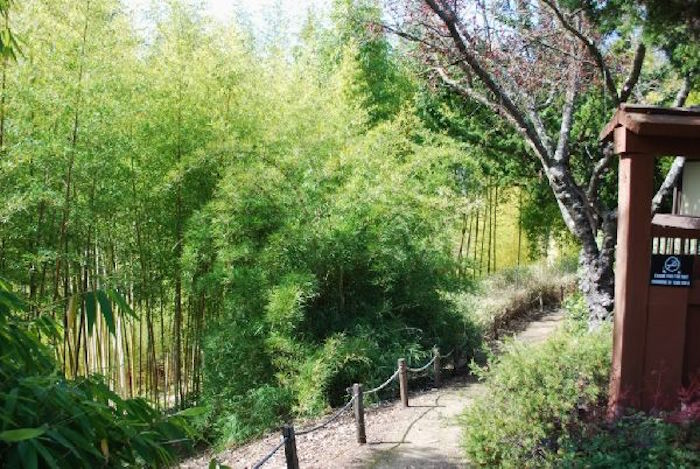
During the next ten years, the grove matured, and the garden was extended to cover the present two-acre site, boasting 81 varieties of bamboo, many of which are not commonly seen in the United States.
The garden offers the opportunity to observe bamboos from around the world and experience the special environment they create. Visitors can walk along garden paths that pass by each of the species, learning from free plant maps and signs identifying each of the bamboos. In various locations there are benches where one can sit and relax.
Azumaya
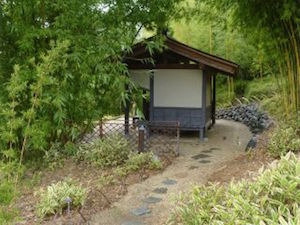 Located in the east section of the garden is the Azumaya, or meditation pavilion.
Located in the east section of the garden is the Azumaya, or meditation pavilion.
Crafted by students at the International College of Crafts and Arts in Toyama, Japan, and gifted to the garden in 1998 in support of the Japanese Cultural Center and Garden complex, the pavilion is an important addition to the garden and to the campus, offering a special place for quiet relaxation and enjoyment of nature.
Further along the central path, two groups of steps lead to the lower garden – one to a benched area for classroom and event meetings, and the other to the ‘dry garden’ – a simulated watercourse created in stones and pebbles. This stream was planned to complete the setting of the Azumaya, beginning as a gentle waterfall, flowing to still pond below the pavilion, and then disappearing under a stone footbridge at the edge of the garden.
The garden has continued to expand with the help of donations and volunteer support, and now includes bamboo species from all over the world. The Foothill garden is one of the few in the United States to offer such a large and varied collection, and provides an excellent classroom for the study of bamboo.
|
An early look at the Azumaya as it is being built by Japanese students. |
Our Deep Appreciation
Foothill College is deeply appreciative of Dr. Michiko Hiramatsu’s vision to create such an important cultural and educational educational area on campus. Dr. Hiramatsu passed in 2017, but her legacy of sharing Japanese culture continues to live on at Foothill College.
Covid-19 AnnouncementThe Japanese Cultural Center and Bamboo Garden are closed until further notice due to Covid-19. |
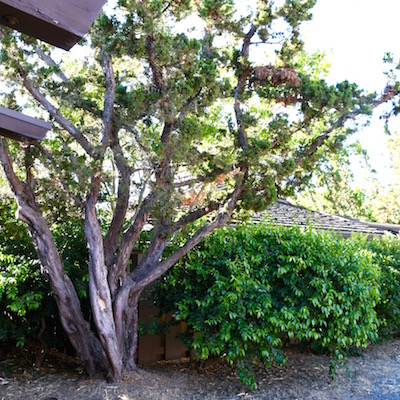
Questions?
Please Contact Me!
Ikuko Tomita Rakow, Japanese Dept Chair
650.949.7043
Office 6601, Main Campus

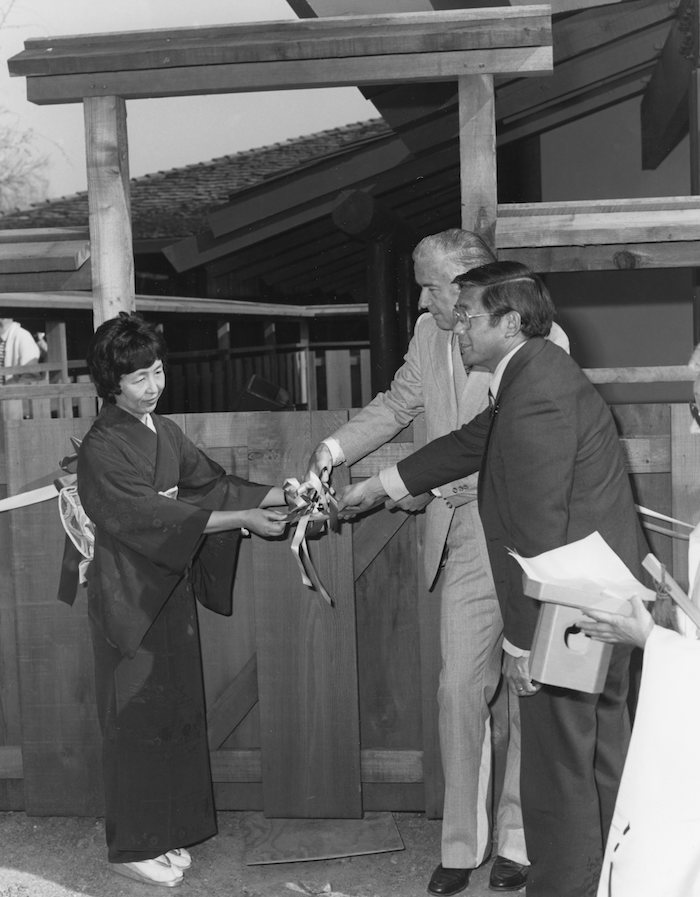
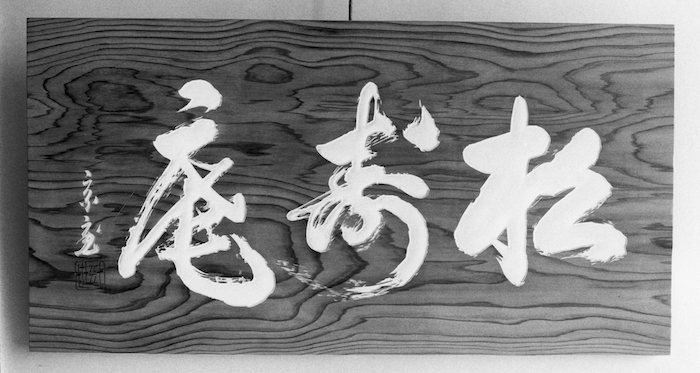 Plaque showing the name of the teahouse — “Sho Ju An,” which was given in 1982 by
the 15th-Generation Grand Master (iemoto) of Urasenke School of Tea, Sen Sōshitsu
XV (current SEN Genshitsu, Former Grand Master).
Plaque showing the name of the teahouse — “Sho Ju An,” which was given in 1982 by
the 15th-Generation Grand Master (iemoto) of Urasenke School of Tea, Sen Sōshitsu
XV (current SEN Genshitsu, Former Grand Master).